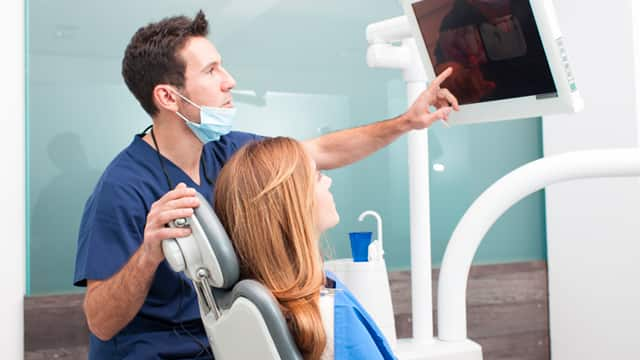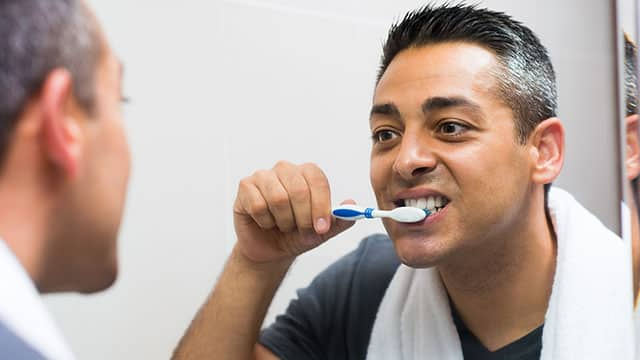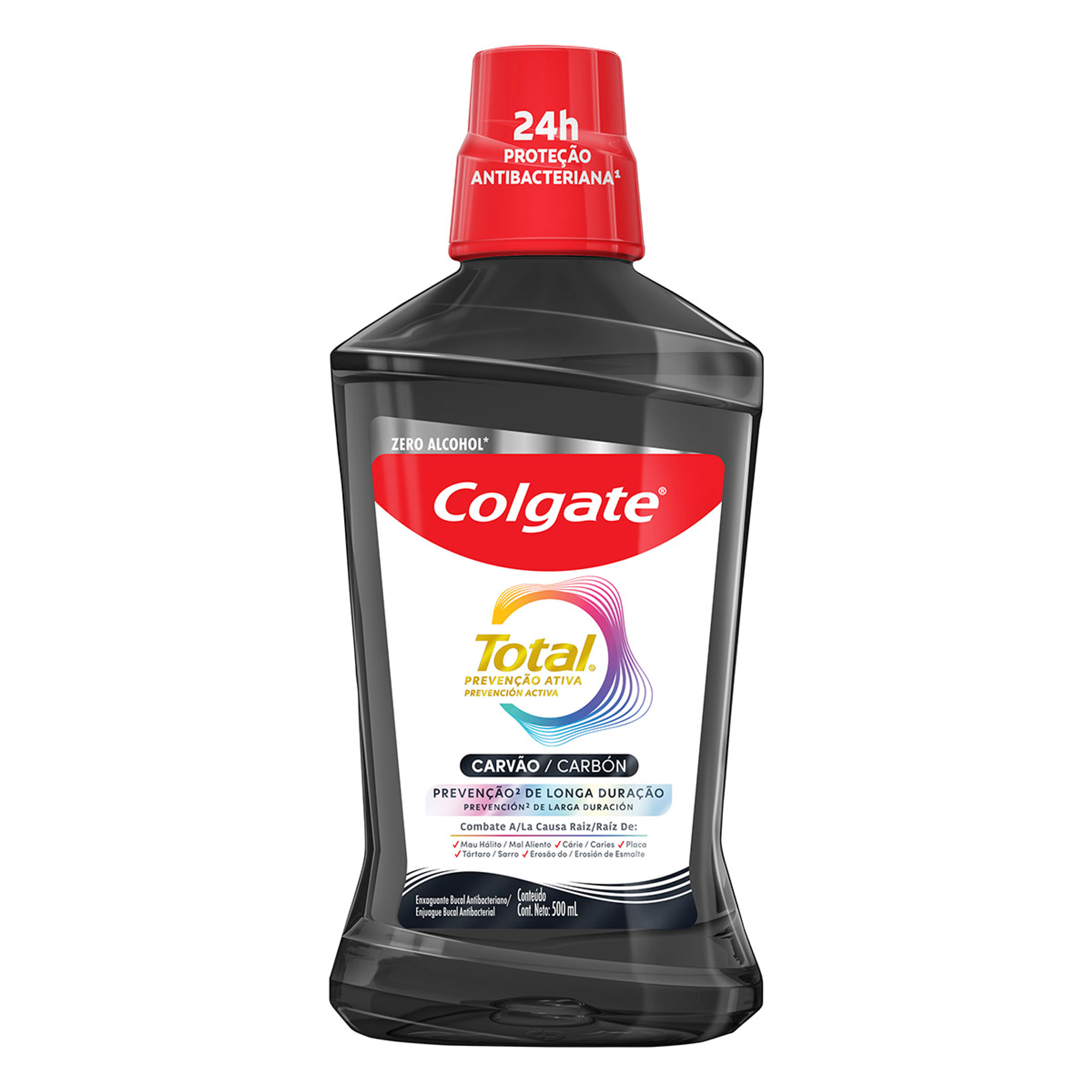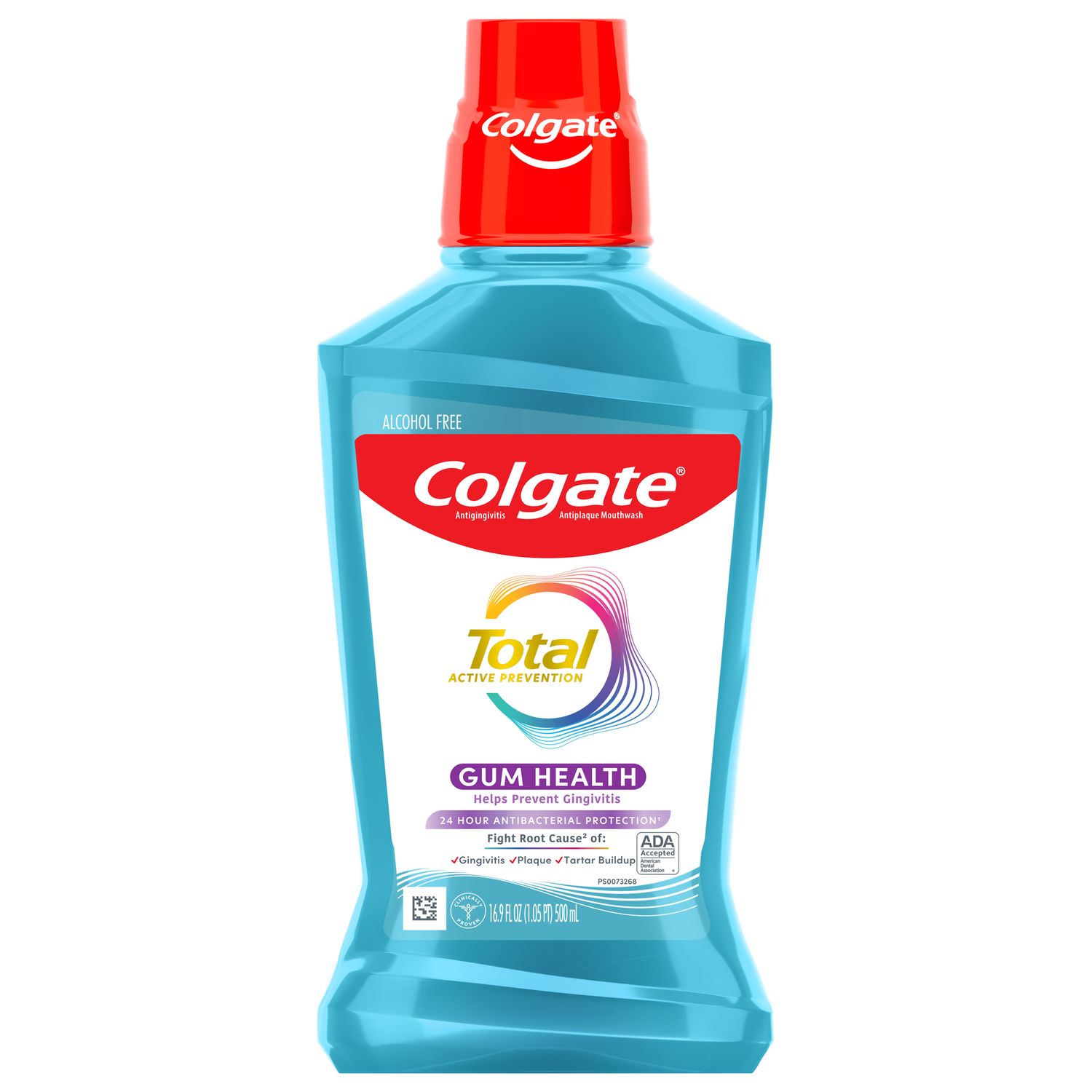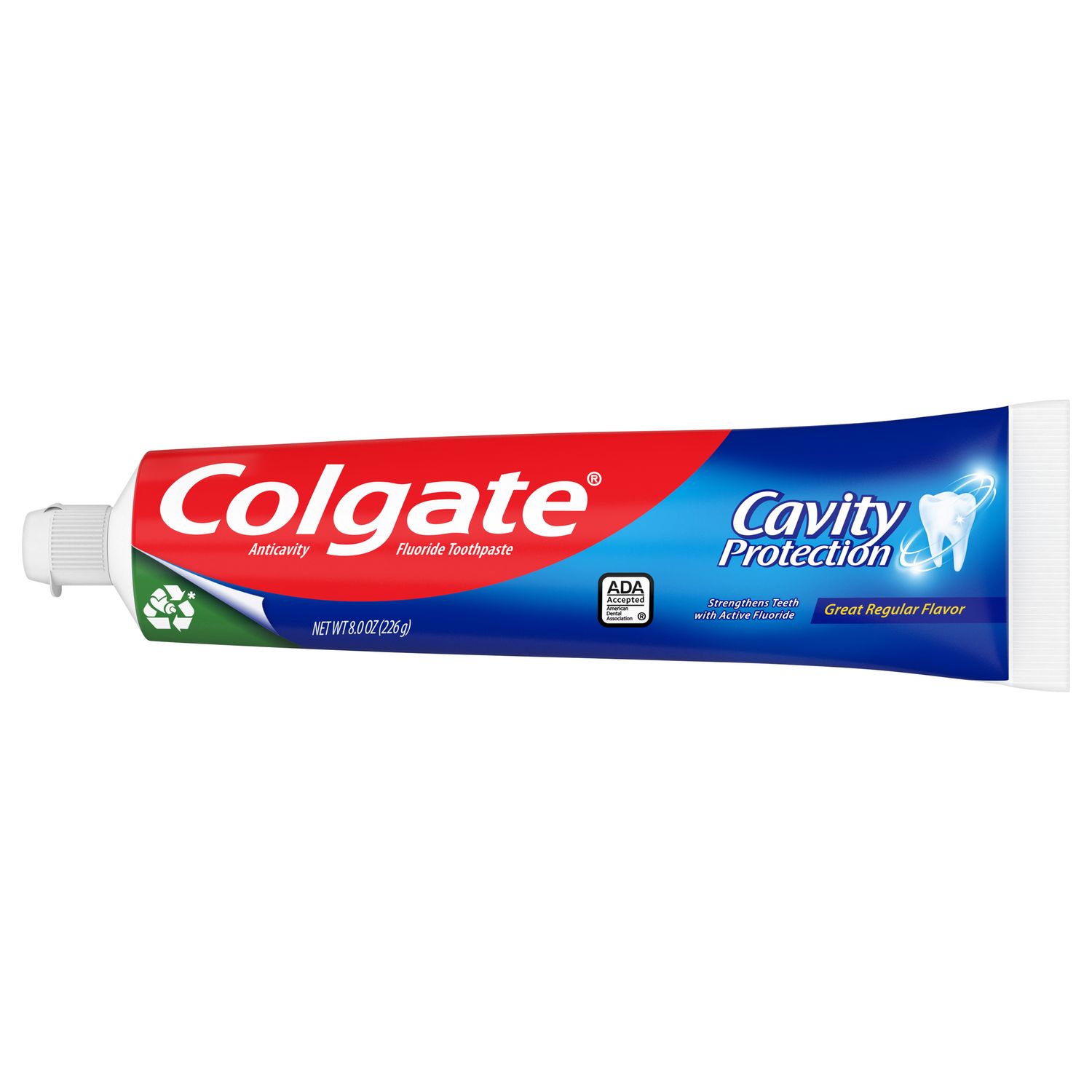What Is a Sinus Lift?
A sinus lift, aka sinus augmentation, is a surgery that makes it easier to place dental implants. Some people need dental implants but don't have enough bone support necessary for implants because of bone loss. A sinus lift can help as it increases the amount of bone in the upper jaw by adding bone to the space between your molars and premolars. To make room for the bone, the sinus membrane has to be moved upward or "lifted," which gives the surgery its name. A dental specialist like an oral maxillofacial surgeon or a periodontist usually handle sinus lifts.
When Do You Need a Sinus Lift?
If your dentist can't place your dental implants because you don't have enough bone height in the upper jaw or your sinuses are too close to the jaw, your dentist may recommend that you get a sinus lift. Are you wondering why you might have bone loss? Good question. Some causes of bone loss include:
- Periodontal gum disease
- Losing teeth in your upper jaw
- Reabsorption of bone into the body after tooth loss
What Happens Before a Sinus Lift Surgery?
If you're getting sinus lift surgery, your dental professional will first determine where they'll get the extra bone. The three most common types of bone used in sinus lift surgeries are:
- Autogenous bone: bone from your own body
- Allogenic bone: bone from a cadaver
- Xenograft: bone from a cow
If the bone comes from your own body, it will come from other areas of your mouth or body.
You'll then need to get X-rays taken. X-rays allow the surgeon or dental specialist to study your jaw and sinuses so they can figure out precisely what you need.
How Is a Sinus Lift Surgery Done?
Now, we'll go over what you can expect in surgery so that you're fully prepared and confident as you go into your sinus lift. Here's a general sequence of events that take place during sinus lift surgery:
- The surgeon cuts the gum tissue.
- The tissue is raised, exposing the bone underneath.
- The surgeon cuts a small circle in the bone.
- The surgeon lifts the bony piece into the sinus cavity space and fills the hole with a bone graft.
- The surgeon closes the incision.
- The healing process begins.
In about 4-12 months after your sinus lift surgery, your dentist will place your implants. This time in between gives the new bone time to merge correctly with your existing bone. The amount of time between your surgery and getting your implants placed depends on how much bone you needed. Your dental professional will let you know when they'll be able to place your implants.
What Happens After a Sinus Lift?
Most people only experience a little discomfort after their sinus lift. You might have some swelling. You might also experience some light bleeding from your nose or mouth in the days immediately following surgery.
After your procedure, try not to blow your nose or sneeze frequently. (We know sneezing is hard to control, so try to stay away from anything that makes you extra sneezy). Sneezing and blowing your nose can cause the bone-graft material to move and loosen the stitches. So be careful.
Your dentist or dental specialist might give you:
- Saline spray to keep your nose moist
- A prescription to prevent congestion and inflammation
- Pain medicine
- Antibiotics
- Antimicrobial mouthwash to help prevent infection
You will have a follow-up appointment with the dental specialist 7-10 days after your surgery. During this appointment, the specialist will examine the surgical site and remove any stitches that have not dissolved independently. In some cases, patients need to return a few more times for a check-in. There's no need to worry, though. Your dental professional wants to make sure that you're healing properly.
What Are the Risks of a Sinus Lift?
As with any surgery or procedure, there are some risks associated with sinus lift surgery. The main risk is puncturing or tearing a sinus membrane. Not to worry! If this happens, the surgeon will either stitch the sinus tear or place a patch over it. If the repair to the sinus membrane is more complicated, your surgeon might stop the procedure and give you some time to heal before trying again.
Infection is also a risk, as with any surgical procedure. However, infections from a sinus lift are uncommon.
In rare cases, the existing bone does not integrate with the bone graft material, which means that the grafted area cannot develop a blood supply. If this happens, you might have to have the sinus lift procedure again.
There is also the possibility of acute maxillary sinusitis after a sinus lift, which presents as temporary inflammation of the membranes in your nose and sinuses. This condition makes it hard to drain mucus from your nose. Research shows that caution taken throughout the procedure helps to keep the sinuses open.
When Should You Call a Professional After a Sinus Lift?
Although healing after a sinus lift is usually straightforward, there are some cases where you may need extra support. After a sinus lift, you should contact your surgeon if:
- Swelling or pain increases over time.
- Bleeding continues after 1-2 days or is bright red and continuous.
- The bone-graft material has dislodged after sneezing or blowing your nose.
- You have a fever
If you have a sinus lift coming up, you now know what to expect throughout the surgery process. Your dentist or surgeon will need to take an X-ray of your mouth to determine what they'll need to do during the procedure. Once it takes place, you'll get the support you need to recover from your surgeon, which may include pain medicine, antibiotics, and or a rinse. Remember that it will take some time before your dental professional can place your dentures. You'll also need to see them for a check-up a week or so after the sinus lift. If you notice anything severe like pain, bleeding, or if you have a fever, call your surgeon right away. We wish you a speedy recovery in your sinus lift and know that with all of these questions answered, you can feel confident as you go through the procedure. Be well.
Oral Care Center articles are reviewed by an oral health medical professional. This information is for educational purposes only. This content is not intended to be a substitute for professional medical advice, diagnosis or treatment. Always seek the advice of your dentist, physician or other qualified healthcare provider.
ORAL HEALTH QUIZ
What's behind your smile?
Take our Oral Health assessment to get the most from your oral care routine
ORAL HEALTH QUIZ
What's behind your smile?
Take our Oral Health assessment to get the most from your oral care routine







